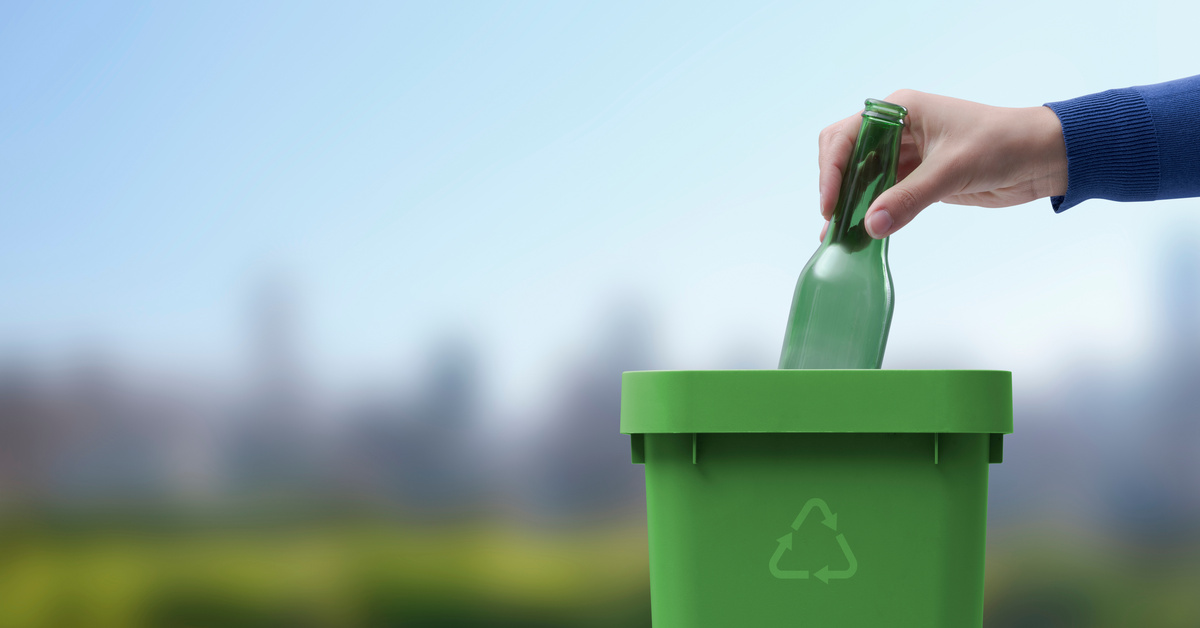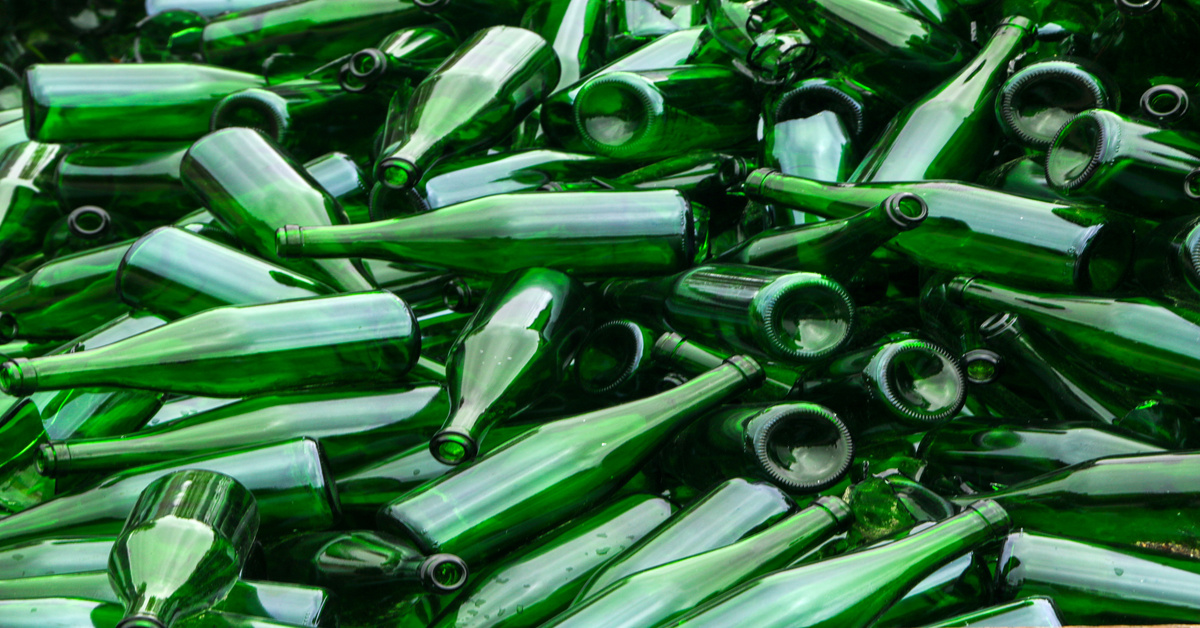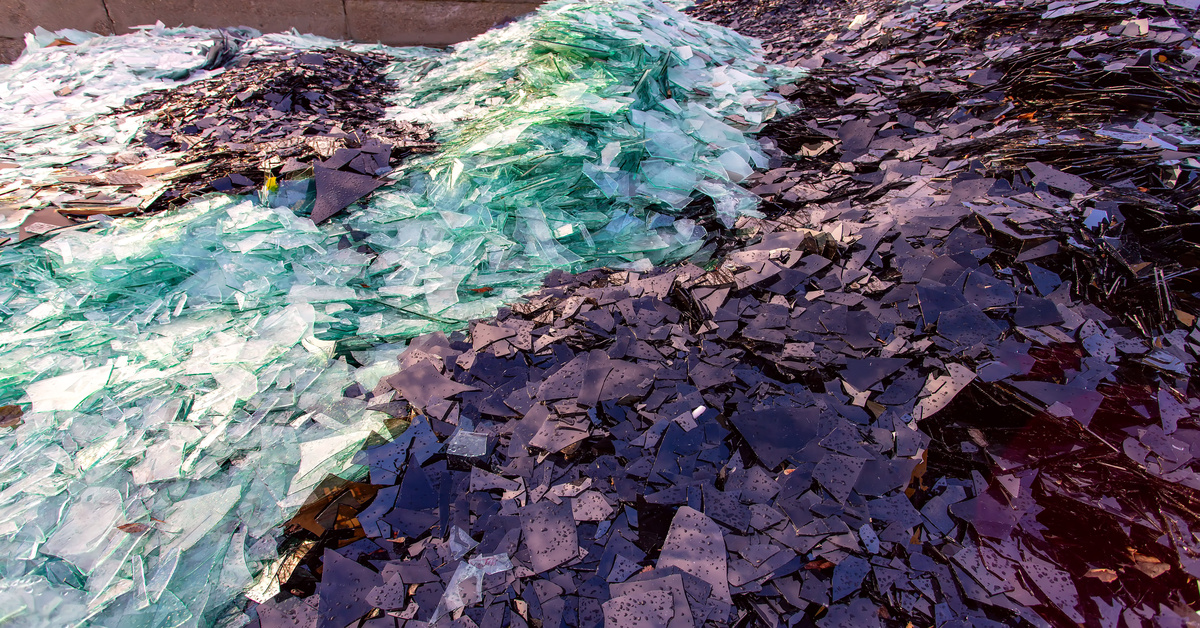13 Interesting Facts About Glass Recycling You Should Know

Glass recycling is one of the most fascinating aspects of modern waste management. This process transforms discarded bottles, jars, and containers into new products through methods that have evolved over centuries. Understanding how glass recycling works reveals remarkable properties that make this material unique among recyclable substances.
Glass recycling involves complex processes that many people don’t think about when tossing a bottle into their recycling bin. From the moment glass enters the recycling stream to its transformation into new products, each step involves careful handling and precise techniques. These 13 interesting facts about glass recycling will change how you think about this everyday material.
Glass Can Be Recycled Infinitely Without Quality Loss
Unlike many recyclable materials, glass maintains its quality through unlimited recycling cycles. The molecular structure of glass remains stable during the melting and reforming process, allowing the same piece of glass to be reused repeatedly. This characteristic makes glass one of the most efficient materials for a circular economy.
Each time glass goes through the recycling process, it emerges with the same clarity, strength, and purity as newly manufactured glass. This infinite recyclability means that glass bottles created decades ago could still be circulating in today’s recycling systems, continuously transformed into new products without degradation.

Ancient Civilizations Practiced Glass Reuse
Glass recycling has ancient roots that predate modern environmental movements by thousands of years. Archaeological evidence shows that ancient Romans and Egyptians regularly melted down broken glass vessels to create new ones. These early civilizations recognized the value of glass as a reusable resource long before industrial recycling systems existed.
The practice of glass reuse continued through medieval times, when glassmakers routinely accepted broken glass from customers. This historical perspective reveals that glass recycling originated from practical necessity rather than environmental concern, underscoring the inherent value of this material across cultures and centuries.
Recycled Glass Melts at Lower Temperatures
When glass undergoes recycling, it requires significantly less energy to melt than the raw materials used in new glass production. Recycled glass, known as cullet, melts at temperatures roughly 100 degrees Fahrenheit lower than the sand, soda ash, and limestone mixture used for virgin glass manufacturing.
This temperature reduction translates to substantial energy savings during the manufacturing process. Glass furnaces operating with high cullet content consume less fuel and produce fewer emissions while maintaining the same production output. The energy efficiency of recycled glass processing makes it an attractive option for manufacturers seeking to reduce operational costs.
Color Separation Is Critical for Quality
The color of recycled glass plays a crucial role in determining its end use and quality. Clear glass commands the highest value in recycling markets because it can be transformed into any color of new glass product. Brown and green glass must be recycled into products of the same or darker colors to maintain visual appeal.
Contamination occurs when different colored glass pieces mix during processing. Even small amounts of colored glass can significantly impact the appearance of clear glass products, making color separation a crucial step in the recycling process. Advanced sorting technologies now use optical sensors to identify and separate different glass colors with remarkable precision.

Glass Recycling Creates Multiple Product Categories
Recycled glass transforms into far more than just new bottles and jars. The construction industry utilizes recycled glass in concrete, resulting in stronger and more durable building materials. Road construction projects incorporate recycled glass into asphalt mixtures, improving road surface qualities while reducing the need for quarried materials.
Fiberglass insulation manufacturers rely heavily on recycled glass content, with some products containing up to 60 percent recycled material. Decorative applications include landscaping glass, countertops, and tile products that showcase the versatility of recycled glass beyond traditional container uses.
Processing Speed Varies by Glass Type
Different types of glass require varying processing times during recycling operations. Container glass, such as bottles and jars, processes quickly due to its standardized composition and thickness. Window glass and automotive glass contain different additives that require specialized handling and longer processing times.
The thickness of glass also affects processing efficiency. Thin glass pieces heat and cool more rapidly than thick glass, allowing for faster cycle times through recycling equipment. Industrial waste services often separate glass by thickness and type to optimize processing efficiency and maintain quality standards.
Magnetic Systems Remove Metal Contamination
Glass recycling facilities employ sophisticated magnetic separation systems to remove metal contamination from glass streams. Bottle caps, rings, and other metal attachments that remain on glass containers can damage processing equipment and contaminate the final product.
These magnetic systems use powerful electromagnets and eddy current separators to identify and extract both ferrous and nonferrous metals from glass streams. The precision of these systems allows recycling facilities to process glass with minimal manual sorting while maintaining high purity levels in the final cullet product.
Geographic Location Affects Recycling Rates
Glass recycling rates vary significantly based on geographic location and local infrastructure. Urban areas with established recycling programs typically achieve higher glass recycling rates than rural communities with limited collection services. Transportation costs also influence the viability of recycling, as the weight of glass makes long-distance shipping expensive.
Regional glass manufacturing facilities create local markets for recycled glass, encouraging higher recycling rates in surrounding areas. Communities located near glass manufacturers often develop more robust glass recycling programs due to the economic benefits of local processing capabilities.
Quality Control Involves Multiple Inspection Points
Modern glass recycling facilities implement rigorous quality control measures throughout the processing cycle. Visual inspection, size grading, and contamination detection occur at multiple points to ensure recycled glass meets manufacturing specifications.
Automated systems use cameras and sensors to identify defects, foreign materials, and incorrect sizing in glass streams. These quality control measures prevent contaminated or substandard glass from entering the manufacturing process, maintaining the reputation and reliability of recycled glass products.
Heat Treatment Eliminates Organic Contaminants
The high-temperature melting process used in glass recycling effectively eliminates organic contaminants that may be present on glass surfaces. Labels, adhesives, and food residues burn off during the melting process, leaving pure glass ready for reformation into new products.
This natural cleaning process, achieved through heat treatment, means that glass containers do not require extensive cleaning before recycling, unlike some other recyclable materials. The thermal processing inherently purifies the glass, eliminating bacterial contamination or organic residues.
Optical Sorting Technology Improves Efficiency
Advanced optical sorting systems have revolutionized the efficiency and accuracy of glass recycling. These systems use infrared sensors, cameras, and computer algorithms to identify and separate glass pieces at high speeds with minimal human intervention.
Optical sorting technology can distinguish between different glass types, colors, and contamination levels faster than manual sorting methods. This technological advancement has enabled recycling facilities to process larger volumes of glass while maintaining consistent quality standards and reducing labor costs.
Economic Benefits
Glass recycling generates significant economic value through job creation and resource conservation. Recycling facilities, transportation services, and manufacturing operations all benefit from the glass recycling industry.
The market value of recycled glass fluctuates based on supply and demand factors, but it consistently provides economic incentives for continued recycling efforts. Communities that invest in glass recycling infrastructure often see returns through reduced landfill costs and increased local economic activity.
Size Reduction Optimizes Processing Efficiency
Glass recycling facilities use various size reduction techniques to optimize processing efficiency and improve melting characteristics. Crushing equipment breaks glass into uniform sizes that melt more consistently and require less energy to process.
The size of glass pieces affects how quickly and evenly they melt during the recycling process. Smaller, uniform pieces create better heat distribution and reduce the risk of unmelted glass appearing in final products.
Transforming Glass Waste Into Valuable Resources
Understanding these 13 interesting facts about glass recycling helps consumers make informed decisions about glass disposal and supports the continued growth of glass recycling programs. The next time you place a glass container in your recycling bin, remember the remarkable journey it will undergo to become a new product.
